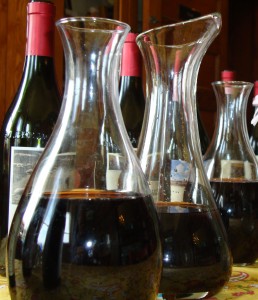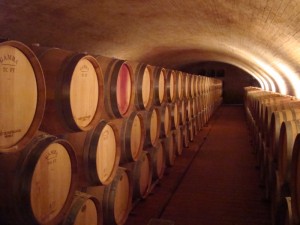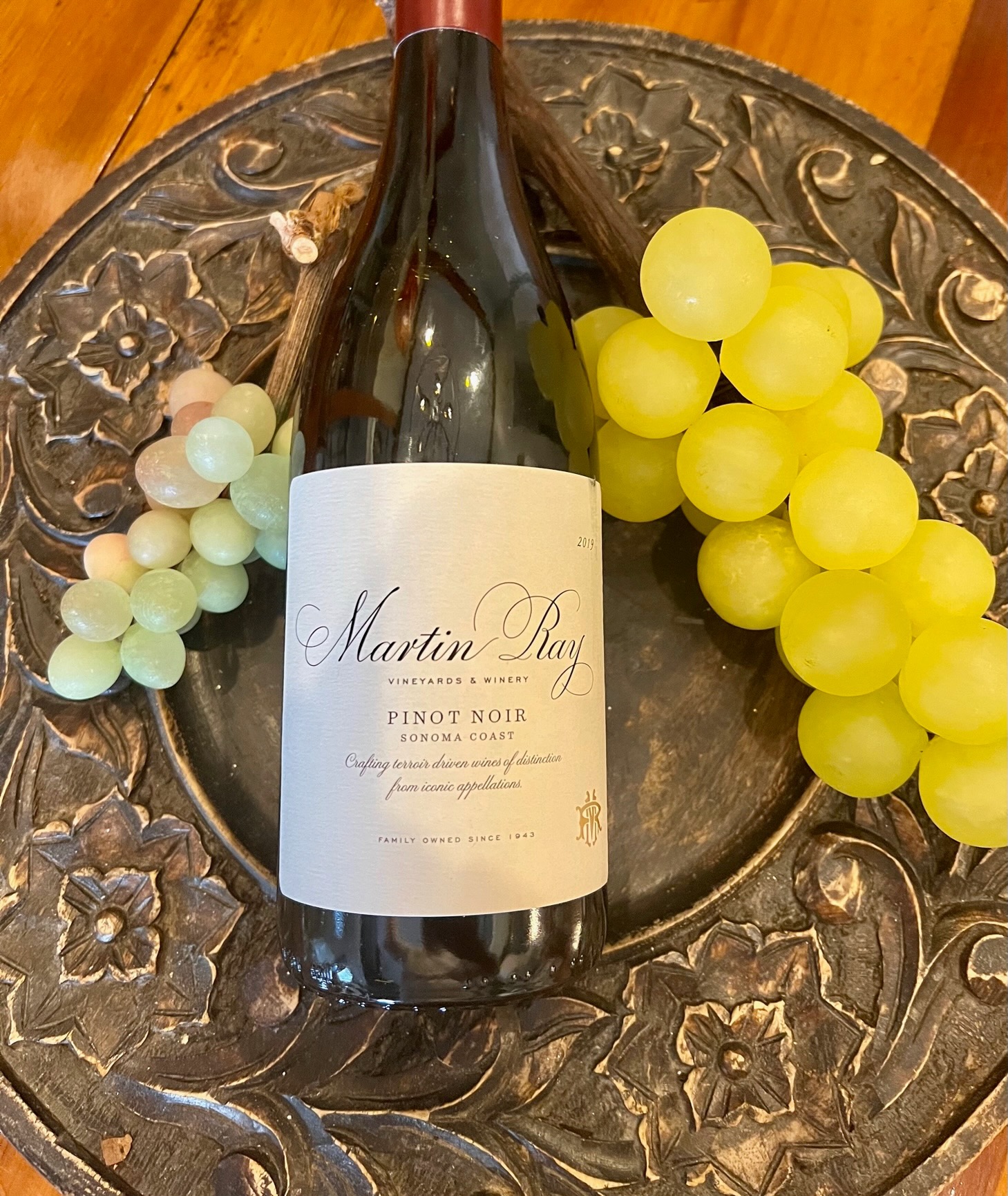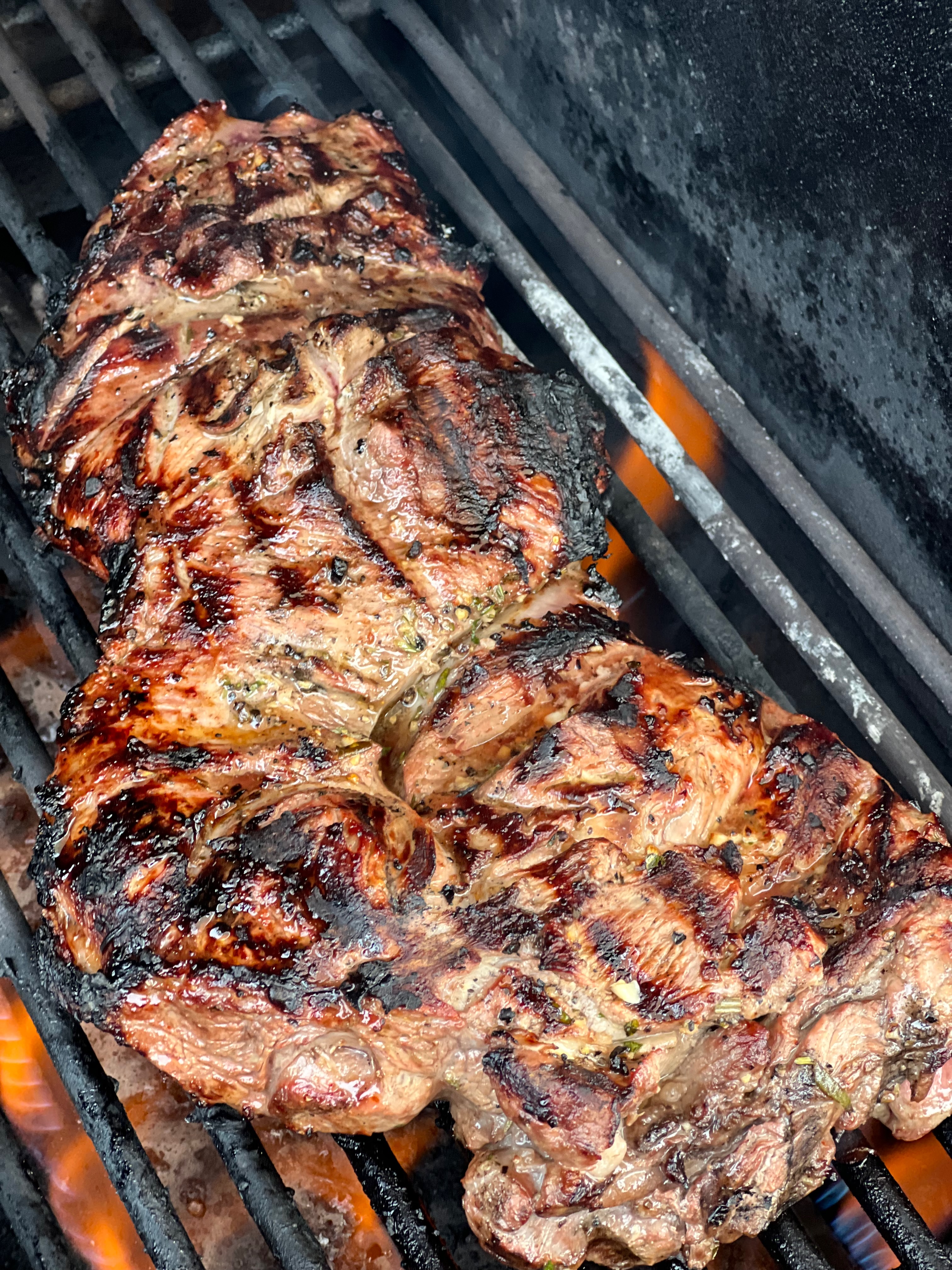I don’t know about you, but I’m a “last minute” kind of person. My modius operandi: why complete a task or fulfill an obligation now when you can wait until the warning lights start flashing red? Procrastination is my middle name. Ask my wife…no don’t do that!
Anyway, it’s almost Christmas and I haven’t yet purchased the first gift. In years past, that was not much of a problem thanks to the plethora of stores at our large indoor shopping mall – that last bastion of gifts for the tardy. But now, with the demise of the mall I‘m in panic mode. Thankfully, most of the gifts I purchase this year will be of the liquid variety, so I’ll just pop into my local wine shop to find that special bottle.
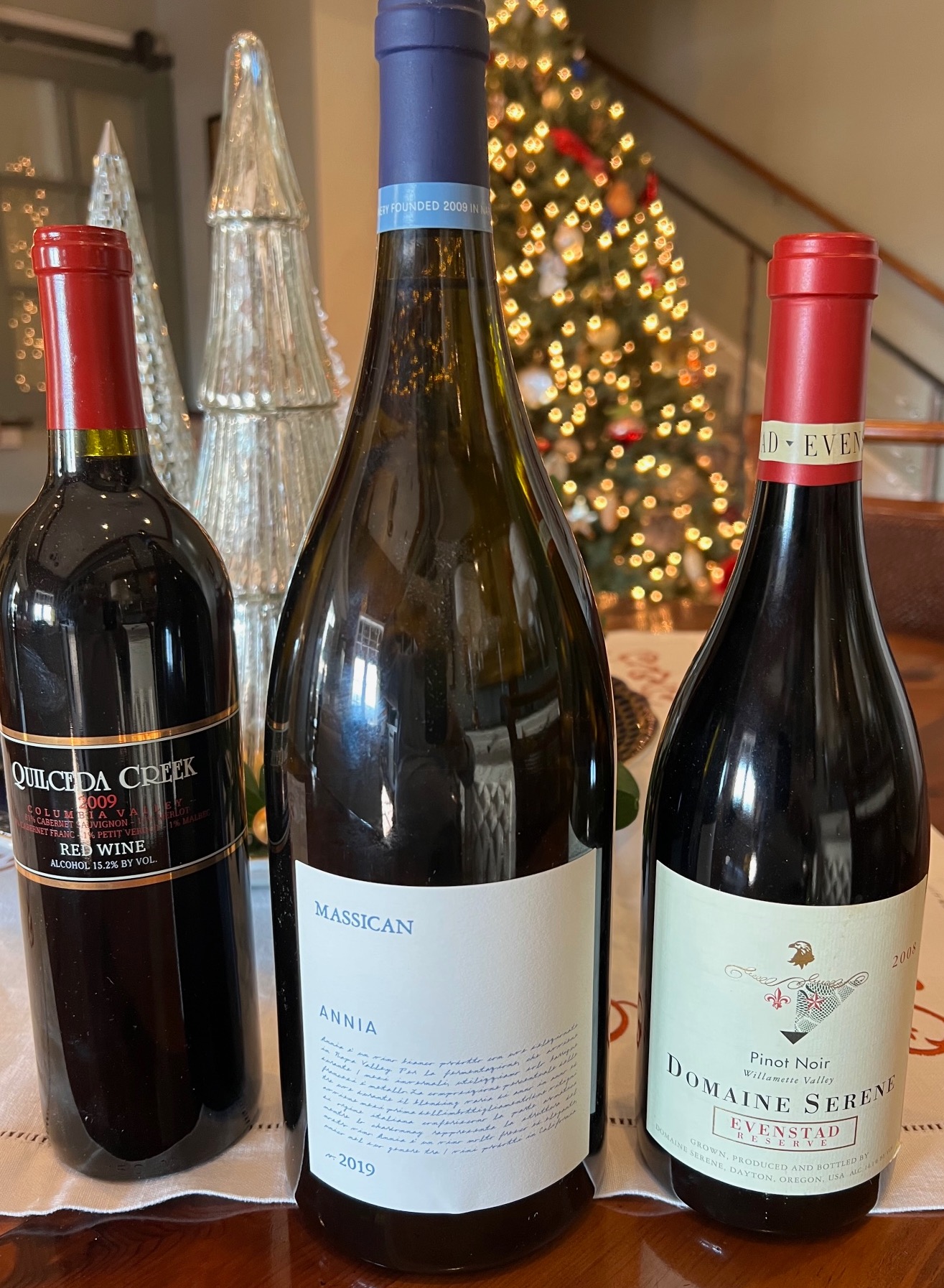
And for those of you who, like me, are looking for that last minute gift of wine, I have a whole cornucopia of vinous suggestions for your consideration. This list should enable you to find just the perfect bottle for that special person regardless of their wine preferences.
Let’s start with Champagne and sparkling wines with which you can toast Christmas and Hannukah as well as, the coming New Year. Then I’ll follow with recommendations for those white and red wine lovers respetctively.
Champagne:
Moet et Chandon White Star Brut, Nicholas Feuillatte “Blue Label” Brut, Paul Bara Brut, Veuve Cliquot (The Widow) Brut, Krug Grande Cuvee Brut, Perrier Jouet Grand Brut and Taittinger Comptes De Champagne Rose.
Sparkling Wine from other regions:
Gusbourne Brut Reserve (England); Mumm Napa Cuvee, Roderer Estate Brut Anderson Valley, Iron Horse Russian Cuvee and Domain Carneros Blanc de Noir (all from California); Pierre Sparr Cremant d’Alsace Brut Reserve (France); Segura Viudas Reserva (Spain); Ruffino Prosecco (Italy); and Gruet Blanc de Noirs (New Mexico).
White Wine:
Kistler Sonoma Mountain Chardonnay, Peter Michael Chardonnay, Chateau Montelena Chardonnay, Hess Select Monterey Chardonnay, Massican White Blend and Wente Riva Ranch Chardonnay ( all from California); Joseph Drouhin Puligny-Monrachet Premier Cru and Moillard Puligny-Montrachet Vieilles Vignes (France); Dr. Loosen Urziger Wurzgarten Mosel Riesling and S.A. Prum Wehlener Sonnenuhr Riesling Spatlese (Germany) Martin Codax Albarino and Ossian Vinedo Ecologico Verdejo (Spain); Bastianich Vespa Bianco and Anselmi San Vincenzo (Italy).
Red Wine:
Chateau Montelena Cabernet, Ridge Vineyards Monte Bello Cabernet, Heitz Martha’s Vineyard Cabernet Sauvignon, Saddleback Cabernet Sauvignon, Groth Cabernet Sauvignon Reserve, Merryvale Profile, Joseph Phelps Insignia, Dominus and Harlan Estate (all from California); Quilceda Creek Cabernet Sauvignon (Washington); Chateau La Dominique;, Chateau Lynch Bages, Chateau Brainaire Ducru, Chateau Cos d’Estournel, Chateau Pontet Canet, Chateau Leoville Las Cases and Chateau Beaucastel Chateauneuf du Pape (all from France); Domaine Serene Evanstad Reserve Pinot Noir (Oregon); Altesino Montosoli Brunello di Montalcino and Ornellaia (from Italy).
Here’s wishing you the merriest of Holiday Seasons and a prosperous New Year!
John Brown is also a novelist. His latest book is “Augie’s World” which is a sequel to his debut novel, Augie’s War. You can find out more about his novels at wordsbyjohnbrown.com.

